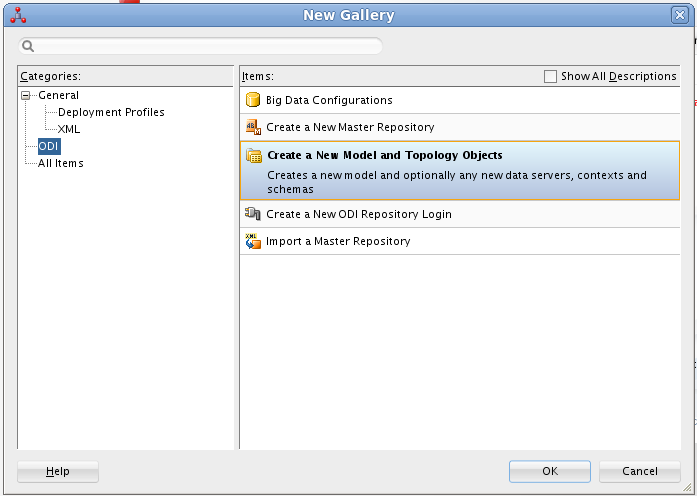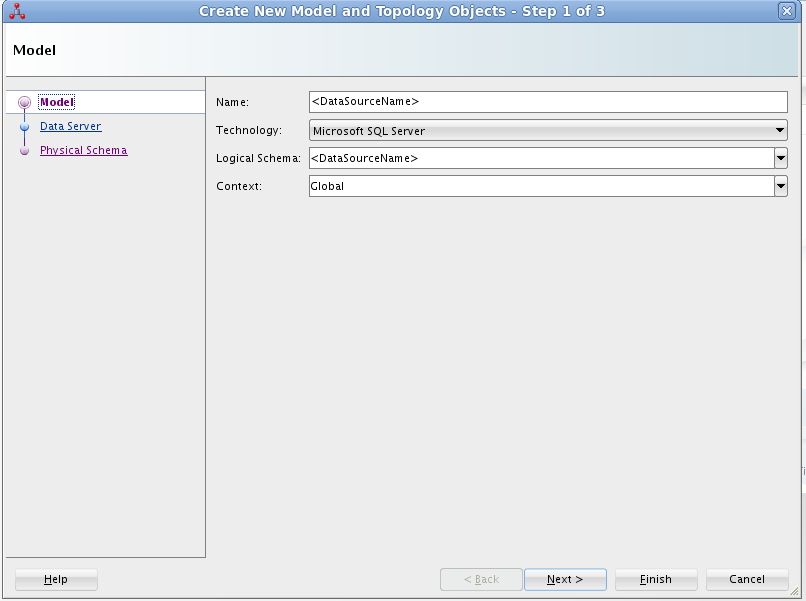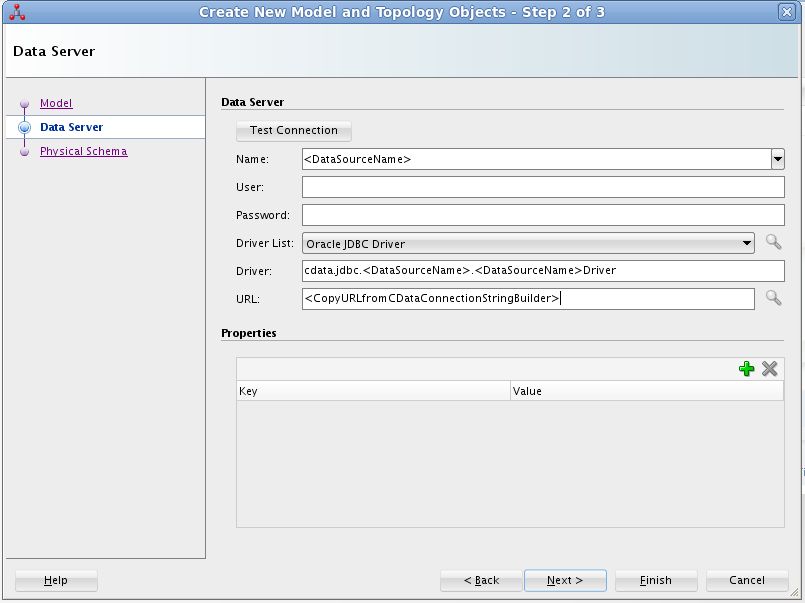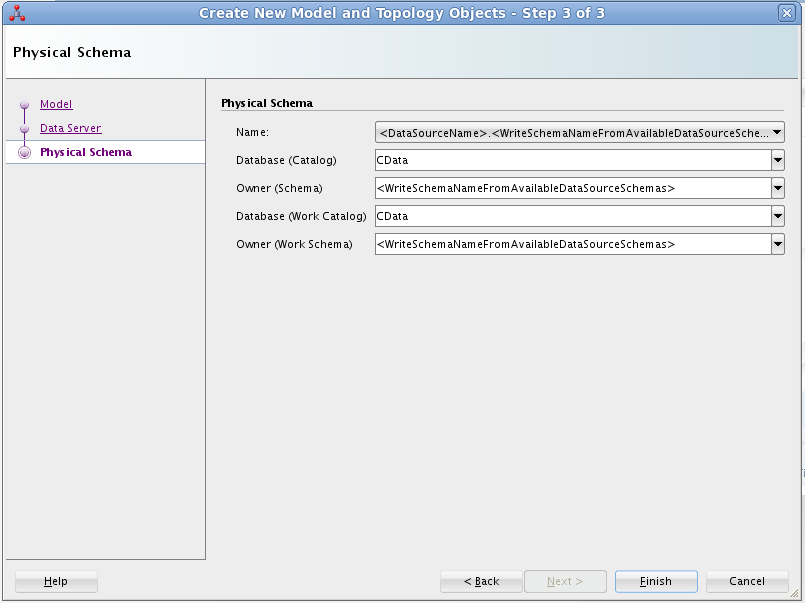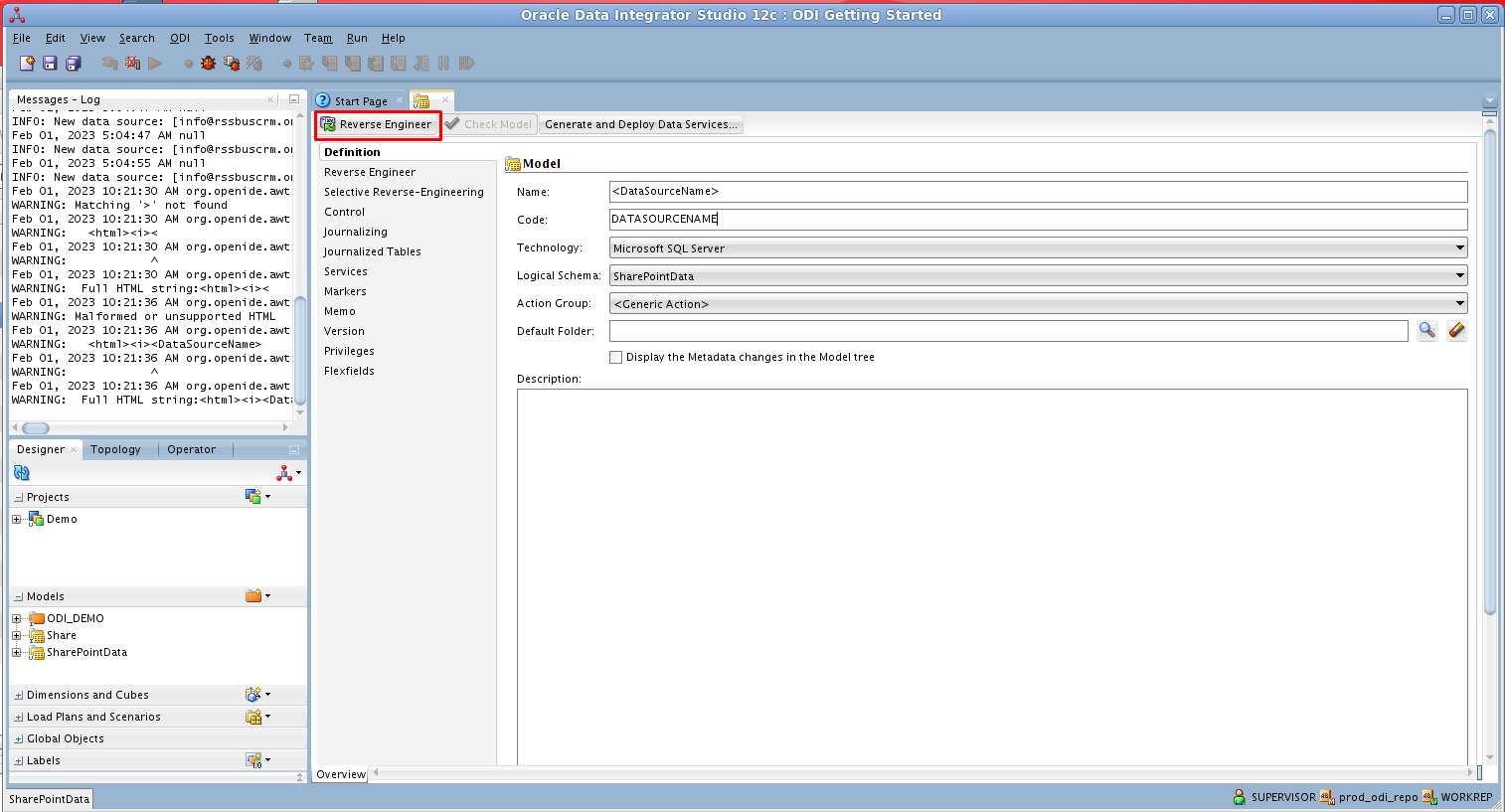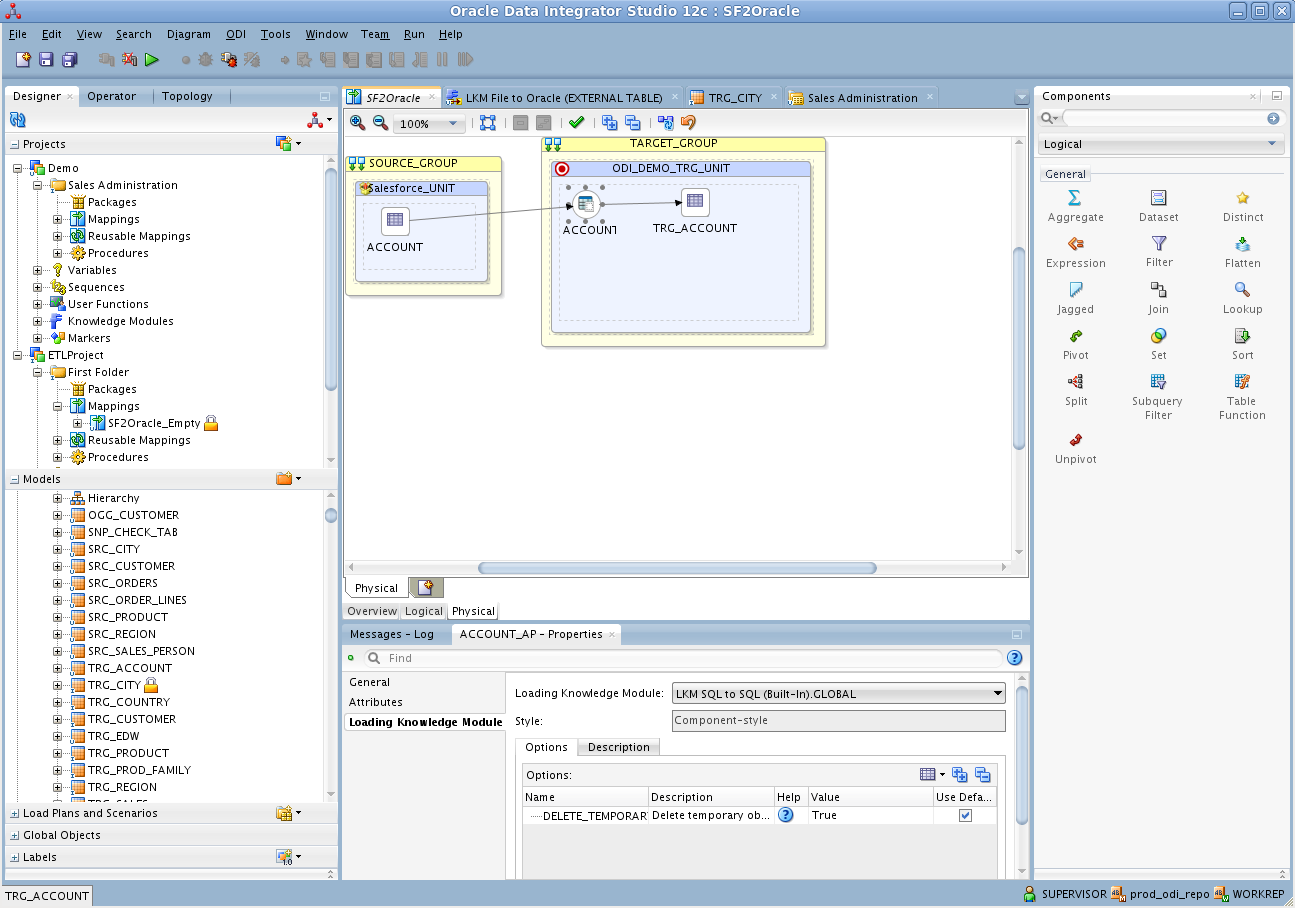Discover how a bimodal integration strategy can address the major data management challenges facing your organization today.
Get the Report →ETL Zuora in Oracle Data Integrator
This article shows how to transfer Zuora data into a data warehouse using Oracle Data Integrator.
Leverage existing skills by using the JDBC standard to connect to Zuora: Through drop-in integration into ETL tools like Oracle Data Integrator (ODI), the CData JDBC Driver for Zuora connects real-time Zuora data to your data warehouse, business intelligence, and Big Data technologies.
JDBC connectivity enables you to work with Zuora just as you would any other database in ODI. As with an RDBMS, you can use the driver to connect directly to the Zuora APIs in real time instead of working with flat files.
This article walks through a JDBC-based ETL -- Zuora to Oracle. After reverse engineering a data model of Zuora entities, you will create a mapping and select a data loading strategy -- since the driver supports SQL-92, this last step can easily be accomplished by selecting the built-in SQL to SQL Loading Knowledge Module.
Install the Driver
To install the driver, copy the driver JAR (cdata.jdbc.zuora.jar) and .lic file (cdata.jdbc.zuora.lic), located in the installation folder, into the ODI appropriate directory:
- UNIX/Linux without Agent: ~/.odi/oracledi/userlib
- UNIX/Linux with Agent: ~/.odi/oracledi/userlib and $ODI_HOME/odi/agent/lib
- Windows without Agent: %APPDATA%\Roaming\odi\oracledi\userlib
- Windows with Agent: %APPDATA%\odi\oracledi\userlib and %APPDATA%\odi\agent\lib
Restart ODI to complete the installation.
Reverse Engineer a Model
Reverse engineering the model retrieves metadata about the driver's relational view of Zuora data. After reverse engineering, you can query real-time Zuora data and create mappings based on Zuora tables.
-
In ODI, connect to your repository and click New -> Model and Topology Objects.
![Create a New Model]()
- On the Model screen of the resulting dialog, enter the following information:
- Name: Enter Zuora.
- Technology: Select Generic SQL (for ODI Version 12.2+, select Microsoft SQL Server).
- Logical Schema: Enter Zuora.
- Context: Select Global.
![Configuring the Model]()
- On the Data Server screen of the resulting dialog, enter the following information:
- Name: Enter Zuora.
- Driver List: Select Oracle JDBC Driver.
- Driver: Enter cdata.jdbc.zuora.ZuoraDriver
- URL: Enter the JDBC URL containing the connection string.
Zuora uses the OAuth standard to authenticate users. See the online Help documentation for a full OAuth authentication guide.
Configuring Tenant property
In order to create a valid connection with the provider you need to choose one of the Tenant values (USProduction by default) which matches your account configuration. The following is a list with the available options:
- USProduction: Requests sent to https://rest.zuora.com.
- USAPISandbox: Requests sent to https://rest.apisandbox.zuora.com"
- USPerformanceTest: Requests sent to https://rest.pt1.zuora.com"
- EUProduction: Requests sent to https://rest.eu.zuora.com"
- EUSandbox: Requests sent to https://rest.sandbox.eu.zuora.com"
Selecting a Zuora Service
Two Zuora services are available: Data Query and AQuA API. By default ZuoraService is set to AQuADataExport.
DataQuery
The Data Query feature enables you to export data from your Zuora tenant by performing asynchronous, read-only SQL queries. We recommend to use this service for quick lightweight SQL queries.
Limitations- The maximum number of input records per table after filters have been applied: 1,000,000
- The maximum number of output records: 100,000
- The maximum number of simultaneous queries submitted for execution per tenant: 5
- The maximum number of queued queries submitted for execution after reaching the limitation of simultaneous queries per tenant: 10
- The maximum processing time for each query in hours: 1
- The maximum size of memory allocated to each query in GB: 2
- The maximum number of indices when using Index Join, in other words, the maximum number of records being returned by the left table based on the unique value used in the WHERE clause when using Index Join: 20,000
AQuADataExport
AQuA API export is designed to export all the records for all the objects ( tables ). AQuA query jobs have the following limitations:
Limitations- If a query in an AQuA job is executed longer than 8 hours, this job will be killed automatically.
- The killed AQuA job can be retried three times before returned as failed.
Built-in Connection String Designer
For assistance in constructing the JDBC URL, use the connection string designer built into the Zuora JDBC Driver. Either double-click the JAR file or execute the jar file from the command-line.
java -jar cdata.jdbc.zuora.jarFill in the connection properties and copy the connection string to the clipboard.
![Using the built-in connection string designer to generate a JDBC URL (Salesforce is shown.)]()
Below is a typical connection string:
jdbc:zuora:OAuthClientID=MyOAuthClientId;OAuthClientSecret=MyOAuthClientSecret;Tenant=USProduction;ZuoraService=DataQuery;InitiateOAuth=GETANDREFRESH
![Configuring the Data Server]()
- On the Physical Schema screen, enter the following information:
- Name: Select from the Drop Down menu.
- Database (Catalog): Enter CData.
- Owner (Schema): If you select a Schema for Zuora, enter the Schema selected, otherwise enter Zuora.
- Database (Work Catalog): Enter CData.
- Owner (Work Schema): If you select a Schema for Zuora, enter the Schema selected, otherwise enter Zuora.
![Configuring the Physical Schema]()
- In the opened model click Reverse Engineer to retrieve the metadata for Zuora tables.
![Reverse Engineer the Model]()
Edit and Save Zuora Data
After reverse engineering you can now work with Zuora data in ODI.
To view Zuora data, expand the Models accordion in the Designer navigator, right-click a table, and click View data.
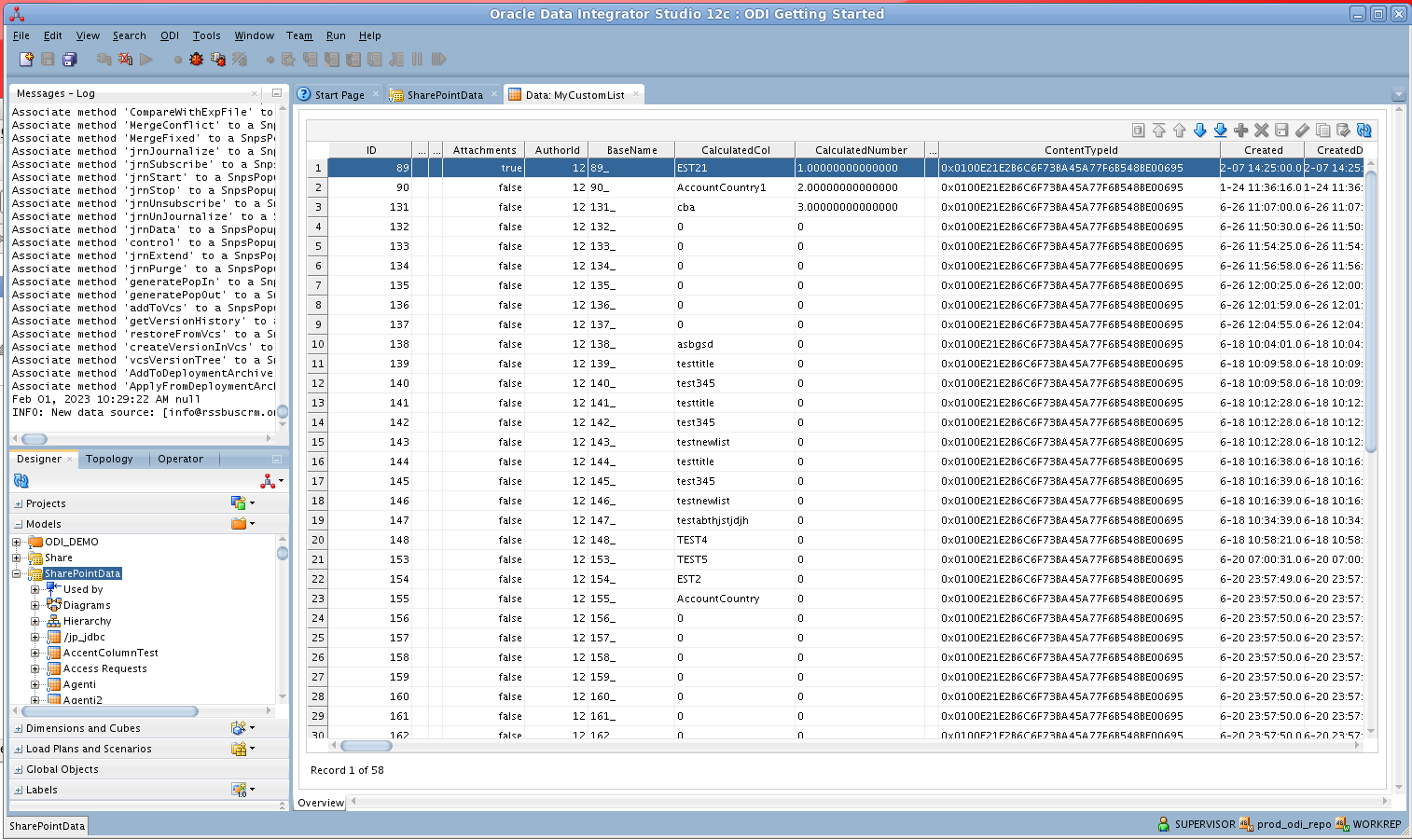
Create an ETL Project
Follow the steps below to create an ETL from Zuora. You will load Invoices entities into the sample data warehouse included in the ODI Getting Started VM.
Open SQL Developer and connect to your Oracle database. Right-click the node for your database in the Connections pane and click new SQL Worksheet.
Alternatively you can use SQLPlus. From a command prompt enter the following:
sqlplus / as sysdba- Enter the following query to create a new target table in the sample data warehouse, which is in the ODI_DEMO schema. The following query defines a few columns that match the Invoices table in Zuora:
CREATE TABLE ODI_DEMO.TRG_INVOICES (BILLINGCITY NUMBER(20,0),Id VARCHAR2(255)); - In ODI expand the Models accordion in the Designer navigator and double-click the Sales Administration node in the ODI_DEMO folder. The model is opened in the Model Editor.
- Click Reverse Engineer. The TRG_INVOICES table is added to the model.
- Right-click the Mappings node in your project and click New Mapping. Enter a name for the mapping and clear the Create Empty Dataset option. The Mapping Editor is displayed.
- Drag the TRG_INVOICES table from the Sales Administration model onto the mapping.
- Drag the Invoices table from the Zuora model onto the mapping.
- Click the source connector point and drag to the target connector point. The Attribute Matching dialog is displayed. For this example, use the default options. The target expressions are then displayed in the properties for the target columns.
- Open the Physical tab of the Mapping Editor and click INVOICES_AP in TARGET_GROUP.
- In the INVOICES_AP properties, select LKM SQL to SQL (Built-In) on the Loading Knowledge Module tab.
![SQL-based access to Zuora enables you to use standard database-to-database knowledge modules.]()
You can then run the mapping to load Zuora data into Oracle.






